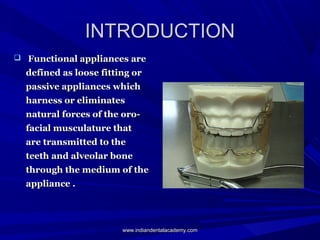Contents
- Overview of the Frankel Appliance
- Mechanisms of Action
- Effectiveness of the Frankel Appliance
- Comparison with Other Orthodontic Treatments
- Factors Affecting Treatment Success
- Contraindications and Limitations
- Case Selection and Treatment Planning
- The Treatment Process
- Post-Treatment Considerations
- Controversies and Debates
If you’re looking for an effective orthodontic treatment, look no further than the Frankel Appliance. This innovative device has proven to be incredibly efficient in improving orthodontic issues, providing patients with a convenient and long-lasting solution. With its precise design and customizable features, the Frankel Appliance is designed to give you a comfortable and efficient treatment experience, ensuring a beautiful smile that you can confidently show off. Say goodbye to traditional orthodontic methods and discover the incredible efficacy of the Frankel Appliance today.
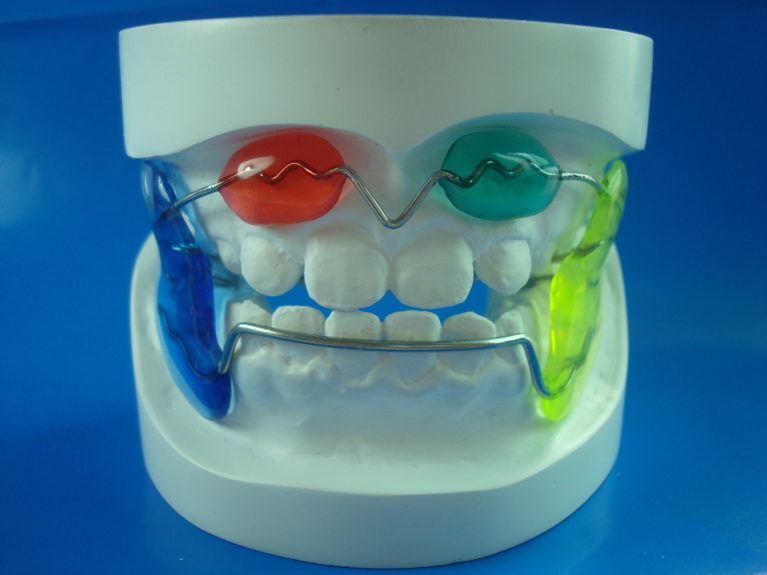
Overview of the Frankel Appliance
The Frankel Appliance is a type of orthodontic treatment that is widely used for the correction of various malocclusions in children and young adolescents. It consists of a removable device that is custom-made to fit the patient’s mouth and is composed of various components designed to stimulate growth and development of the jaw and facial muscles. The appliance is named after Dr. Rolf Frankel, a prominent orthodontist who developed this innovative treatment approach in the 1960s.
Definition of the Frankel Appliance
The Frankel Appliance is a functional orthodontic appliance that aims to correct malocclusions by promoting proper jaw development and muscle coordination. It consists of an acrylic framework that covers the dental arches and provides support for various functional components. These components include bite pads, lip bumpers, tongue crib, and springs, which are strategically placed to encourage favorable oral and facial muscle activity.
History of the Frankel Appliance
The concept of functional appliances dates back to the early 20th century, with pioneers like Edward Angle proposing devices that could redirect growth and correct malocclusions. Dr. Rolf Frankel further developed the appliance in the 1960s and introduced his innovative treatment approach that focused on the role of orofacial muscles in skeletal development. Since then, the Frankel Appliance has gained popularity worldwide and has become an integral part of contemporary orthodontic treatment.
Mechanisms of Action
The Frankel Appliance exerts its corrective effects through various mechanisms of action, which include muscle training, arch development, and dental alignment. These processes work together to achieve improved skeletal and dental relationships and a harmonious balance between the jaws and facial muscles.
Muscle Training
By placing pressure on specific orofacial muscles, the Frankel Appliance stimulates muscle activity and promotes proper muscle coordination. This helps in developing the facial muscles and improving their function, ultimately leading to favorable changes in the underlying skeletal structure.
Arch Development
The appliance applies gentle forces on the dental arches, encouraging them to expand and develop properly. This aids in creating sufficient space for the eruption of permanent teeth and aligning them in their ideal positions, resulting in improved occlusion and overall bite function.
Dental Alignment
In addition to its effects on muscle training and arch development, the Frankel Appliance also plays a role in dental alignment. The various components of the appliance help guide the eruption and positioning of the permanent teeth, ensuring they come in straight and in the correct alignment. This further contributes to the achievement of a harmonious and functional bite.
Effectiveness of the Frankel Appliance
The Frankel Appliance has shown great effectiveness in the treatment of a wide range of malocclusions and has several benefits for patients. Clinical outcomes have demonstrated significant improvements in facial aesthetics, occlusal relationships, and overall oral health. Moreover, patient satisfaction with this treatment approach is generally high, as it offers a non-invasive and removable alternative to traditional fixed braces.
Benefits of the Frankel Appliance
One of the major benefits of the Frankel Appliance is its ability to correct skeletal and dental discrepancies without the need for extractions or surgery. This non-invasive approach makes it an appealing option for both patients and parents. Additionally, the appliance is removable, allowing for greater ease in oral hygiene maintenance and facilitating normal eating and speech patterns during treatment.
Clinical Outcomes
Numerous studies have documented the positive effects of the Frankel Appliance on facial aesthetics, occlusal relationships, and overall oral health. Improvement in facial symmetry, lip posture, and profile has been observed in patients undergoing treatment with the Frankel Appliance. Occlusal parameters, such as overjet, overbite, and crossbite, have also shown significant improvements post-treatment. Furthermore, patients have experienced reduced TMJ (temporomandibular joint) symptoms, such as clicking and pain, indicating improved joint function.
Patient Satisfaction
The Frankel Appliance offers a less restrictive and more comfortable treatment experience for patients compared to traditional braces. Its removable nature allows for greater freedom and flexibility, enabling patients to engage in activities such as eating, brushing, and playing sports without hindrance. Many patients also appreciate the aesthetic appeal of the appliance, as it is less visible compared to traditional braces, leading to increased confidence during treatment.
Comparison with Other Orthodontic Treatments
While the Frankel Appliance has proven efficacy, it is important to consider its advantages and disadvantages in comparison with other orthodontic treatment options. Traditional braces, Invisalign, and functional appliances are commonly used alternatives, each with their unique features and indications.
Traditional Braces
Traditional braces use brackets and wires to apply force and move teeth into their proper positions. They are highly effective in treating various types of malocclusions, including complex cases. However, they can be uncomfortable, restrict certain activities, and require diligent oral hygiene practices. Unlike the Frankel Appliance, traditional braces are not removable.
Invisalign
Invisalign offers a more discreet alternative to traditional braces. It consists of a series of clear, removable aligners that gradually move the teeth. Invisalign is well-suited for mild to moderate malocclusions and provides improved aesthetics and flexibility during treatment. However, it may not be as effective as the Frankel Appliance in promoting favorable skeletal growth and muscle coordination.
Functional Appliances
Functional appliances, such as Herbst appliances and Twin Block appliances, are commonly used for the correction of skeletal discrepancies. These appliances focus on altering jaw relationships and stimulating growth in specific directions. While they can be effective, they are often more invasive than the Frankel Appliance and require a more involved treatment process.
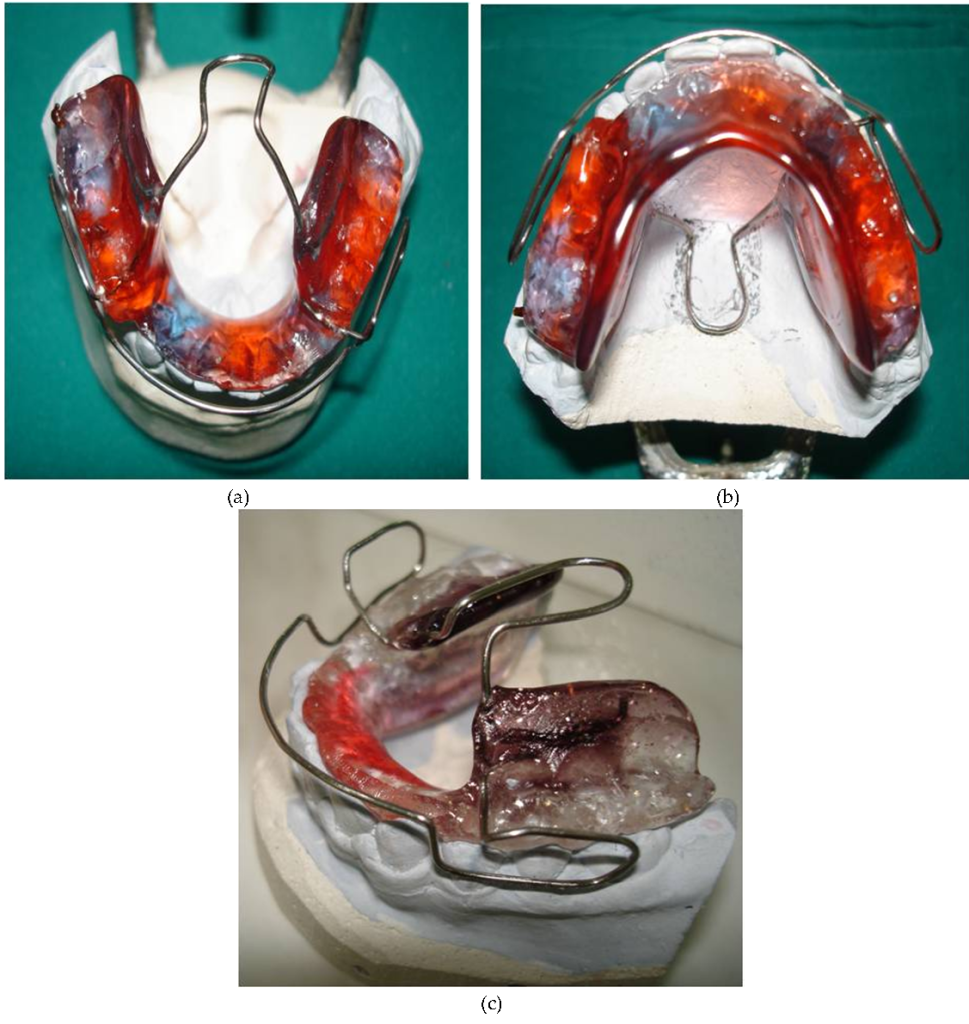
Factors Affecting Treatment Success
Several factors can influence the success of Frankel Appliance treatment. Patient compliance, the severity of malocclusion, and the duration of treatment play significant roles in achieving favorable outcomes.
Patient Compliance
For the Frankel Appliance to be effective, patients must consistently wear the appliance as instructed by their orthodontist. Compliance with wearing times, proper oral hygiene practices, and avoiding activities that may damage the appliance are crucial for successful treatment outcomes.
Severity of Malocclusion
The severity of a patient’s malocclusion can impact the complexity and duration of treatment. While the Frankel Appliance can address a wide range of malocclusions, more severe cases may require additional treatment modalities in conjunction with the appliance.
Duration of Treatment
The length of treatment with the Frankel Appliance can vary depending on the individual patient and the specific malocclusion being treated. Typically, treatment durations range from several months to a few years. Compliance with scheduled follow-up appointments and adjustments is necessary to ensure progress is being made.
Contraindications and Limitations
While the Frankel Appliance is a versatile and effective treatment option, it is important to consider its limitations and contraindications.
Ages of Applicability
The Frankel Appliance is most commonly used in children and young adolescents, as it harnesses the growth potential of the jaws and facial bones. It may not be suitable for older teenagers or adults whose jaw growth has significantly slowed down.
Specific Malocclusions
While the Frankel Appliance is effective for a wide range of malocclusions, there are certain cases where alternative treatment approaches may be more appropriate. These include severe skeletal discrepancies that may require surgical intervention or cases with significant dental crowding that may necessitate extractions.
Side Effects and Risks
As with any orthodontic treatment, the Frankel Appliance may have some side effects and risks. These can include temporary discomfort or soreness, difficulty speaking initially, and increased saliva production. It is important for patients to communicate any concerns or issues with their orthodontist to ensure optimal treatment outcomes.
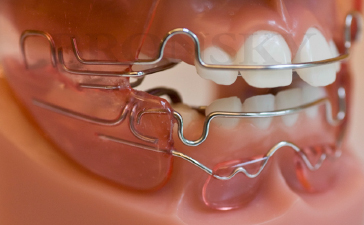
Case Selection and Treatment Planning
A thorough evaluation of the patient and careful treatment planning are essential to achieve successful outcomes with the Frankel Appliance.
Evaluation of Patient
The evaluation of a patient for Frankel Appliance treatment involves a comprehensive examination of their facial growth, dental occlusion, and muscle coordination. Photographs, X-rays, and dental impressions may be taken to aid in treatment planning.
Orthodontic Assessment
An orthodontic assessment is crucial to determine the suitability of the Frankel Appliance for a specific malocclusion. This assessment involves analyzing the severity of the malocclusion, evaluating the patient’s growth potential, and considering any other factors that may influence treatment outcomes.
Choosing the Right Frankel Appliance
Based on the evaluation and assessment, the orthodontist will select the appropriate type of Frankel Appliance for the patient. There are various designs and configurations available, each tailored to target specific orthodontic issues and facilitate optimal treatment results.
The Treatment Process
The treatment process with the Frankel Appliance typically involves several stages, including the initial consultation, appliance fitting, and ongoing monitoring and adjustments.
Initial Consultation
During the initial consultation, the orthodontist will discuss the treatment plan, expectations, and potential outcomes with the patient and their parents or guardians. This is an opportunity for patients to ask questions, voice concerns, and understand the treatment process thoroughly.
Appliance Fitting
Once the treatment plan is agreed upon, the orthodontist will take impressions of the patient’s mouth to create a custom-made Frankel Appliance. This process involves the use of dental molds to achieve an accurate fit, ensuring optimal treatment results.
Monitoring and Adjustments
After the appliance is fitted, patients will return for regular check-up appointments to monitor progress and make any necessary adjustments to the appliance. These appointments allow for proper monitoring of treatment outcomes and provide an opportunity for patients and parents to address any concerns or difficulties encountered during the treatment process.
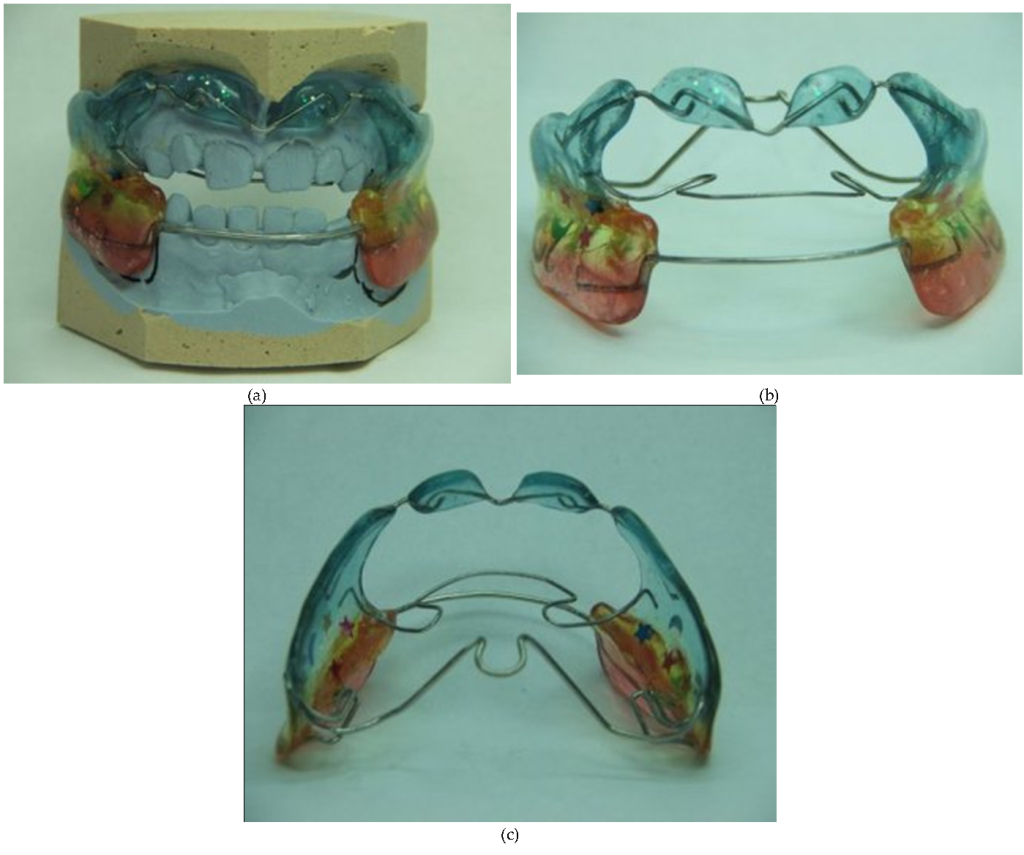
Post-Treatment Considerations
Following the completion of Frankel Appliance treatment, certain considerations, such as the retention phase, follow-up care, and long-term stability, are crucial to maintaining the achieved results.
Retention Phase
The retention phase aims to stabilize the teeth and prevent relapse. This may involve the use of retainers, which can be removable or fixed, depending on the patient’s needs. Compliance with wearing retainers as instructed by the orthodontist is essential to maintaining the treatment outcomes.
Follow-up Care
Regular follow-up appointments are necessary to ensure the stability of treatment outcomes and address any potential issues that may arise. Orthodontic maintenance, such as routine check-ups and cleanings, should also be continued as recommended.
Long-term Stability
The long-term stability of the Frankel Appliance treatment relies on patient compliance with retention protocols and maintaining good oral hygiene practices. It is important to understand that while the appliance can lead to significant improvements, it is ultimately up to the patient to maintain a healthy and functional occlusion through proper oral care and healthy habits.
Controversies and Debates
As with any orthodontic treatment approach, the Frankel Appliance has faced its fair share of controversies, debates, and skepticism. However, it is important to note that extensive research and evidence support the efficacy of the appliance.
Effectiveness versus Traditional Orthodontic Treatment
One common debate revolves around the effectiveness of the Frankel Appliance compared to traditional orthodontic treatments, such as fixed braces. While the appliance may not be suitable for all cases, numerous studies have shown its effectiveness in correcting various malocclusions, particularly in children and young adolescents.
Critics and Skepticism
Critics of the Frankel Appliance have raised concerns about its reliance on patient compliance and potential limitations in treating more severe malocclusions. However, proponents argue that proper case selection and treatment planning can overcome these challenges and lead to successful outcomes.
Research and Evidence
Extensive research, clinical trials, and longitudinal studies have provided substantial evidence supporting the effectiveness of the Frankel Appliance in orthodontic treatment. This scientific evidence underscores the importance of considering treatment options based on individual patient needs and goals, rather than dismissing the appliance based on skepticism alone.
In conclusion, the Frankel Appliance is a versatile and effective orthodontic treatment option that provides numerous benefits for patients. Its mechanisms of action, such as muscle training, arch development, and dental alignment, contribute to significant improvements in facial aesthetics, occlusal relationships, and patient satisfaction. While it has its limitations and controversies, extensive research and evidence support its efficacy in the correction of various malocclusions. With proper case selection, treatment planning, and patient compliance, the Frankel Appliance continues to be a valuable tool in contemporary orthodontics.
